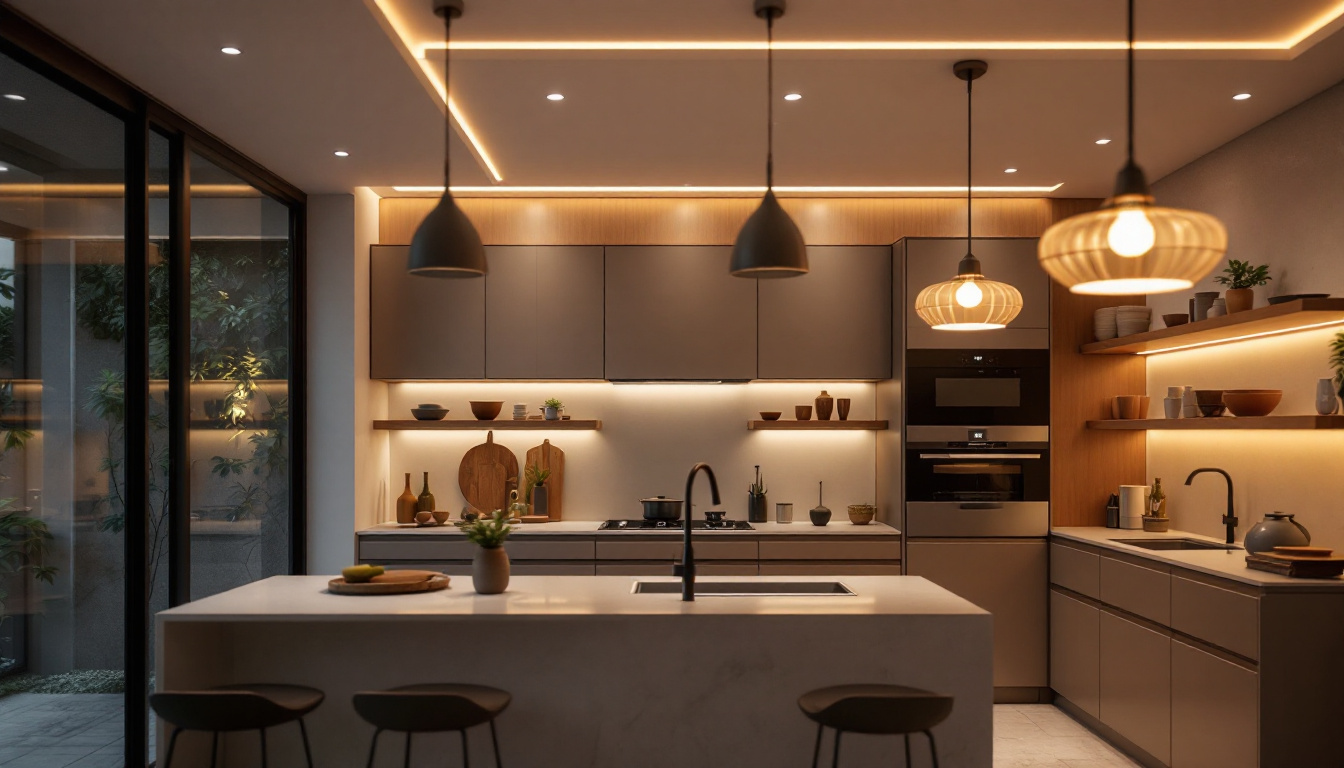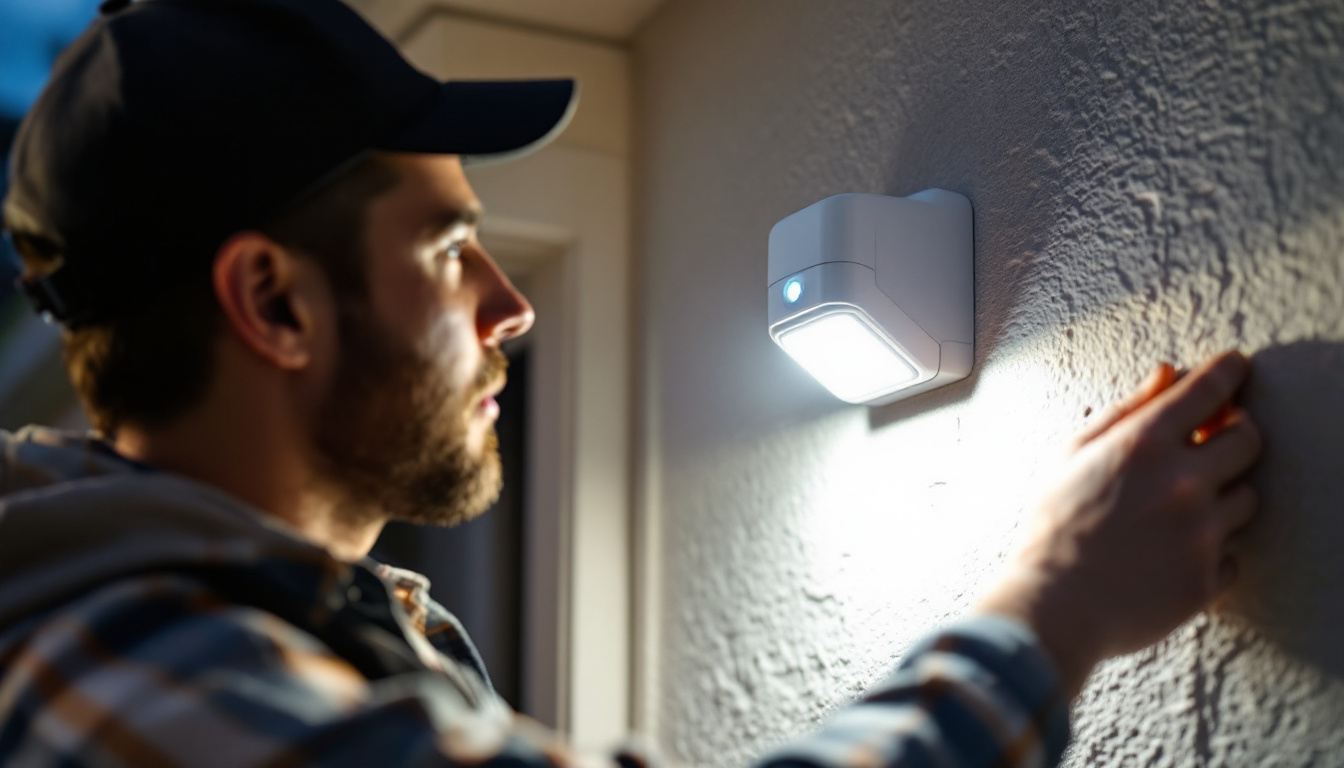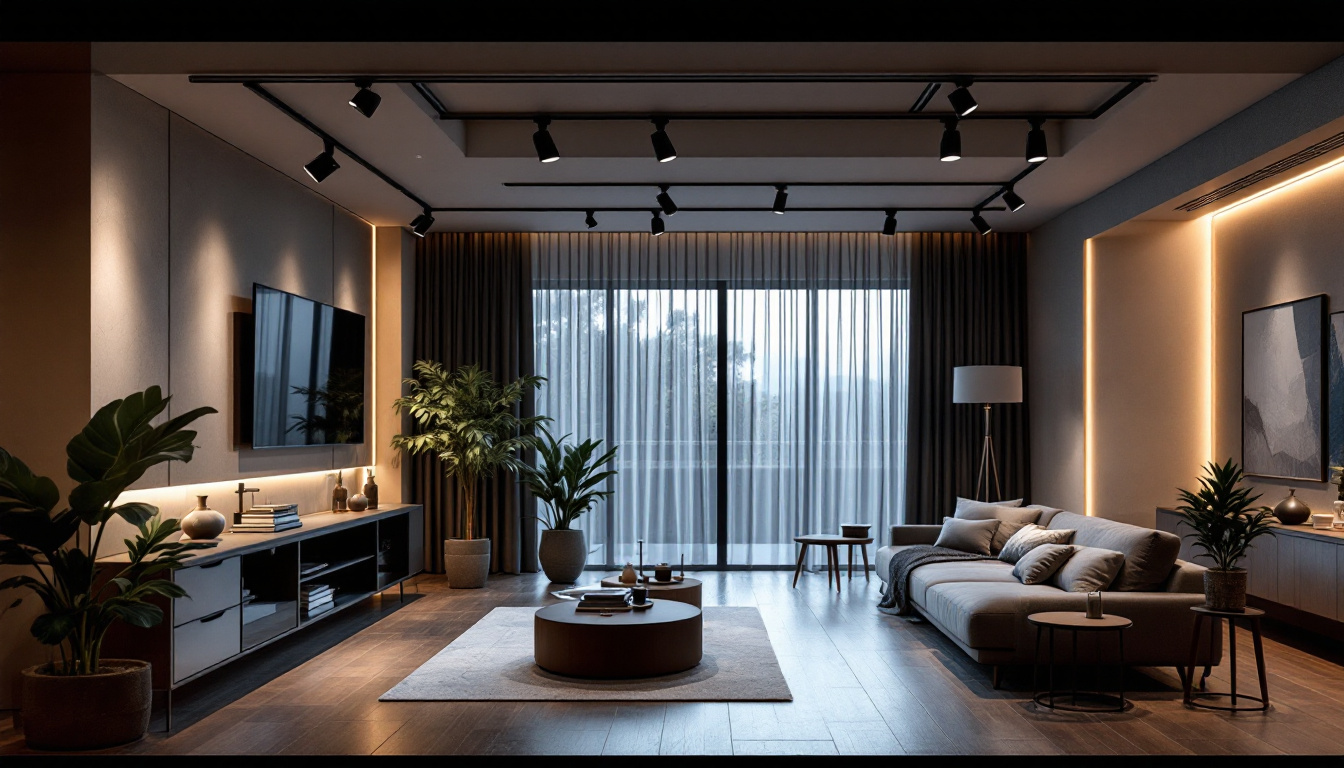

Lighting plays a pivotal role in enhancing the aesthetics and functionality of a space. Among the various lighting solutions available, recessed strip lighting stands out for its versatility and modern appeal. For lighting contractors, understanding the nuances of recessed strip lighting can significantly elevate project outcomes and client satisfaction. This article delves into proven methods that can aid lighting contractors in effectively implementing recessed strip lighting in diverse environments.
Recessed strip lighting, often referred to as LED strip lights or tape lights, is a type of lighting fixture that is installed into a ceiling or wall cavity. This design allows the light source to be hidden, creating a sleek and unobtrusive look. The illumination produced by recessed strip lighting can be used for various purposes, including accent lighting, task lighting, and general illumination.
The appeal of recessed strip lighting lies in its ability to blend seamlessly with any interior design. Available in various colors, intensities, and lengths, these lights can be customized to fit specific project requirements. Furthermore, advancements in LED technology have made recessed strip lighting more energy-efficient and longer-lasting than traditional lighting options. The ability to dim these lights or change their color temperature adds an additional layer of versatility, allowing homeowners and designers to create the perfect ambiance for any occasion.
One of the primary advantages of recessed strip lighting is its aesthetic appeal. When installed correctly, these lights can create a clean and modern look that enhances the overall design of a space. They can be used to highlight architectural features, artwork, or other focal points in a room. The subtle glow of recessed strip lighting can also help to create depth and dimension, making spaces feel larger and more inviting.
Additionally, recessed strip lighting is highly versatile. It can be installed in various settings, including residential, commercial, and retail spaces. Whether used in kitchens, living rooms, offices, or retail displays, recessed strip lighting can adapt to different lighting needs and styles. For instance, in a retail environment, these lights can be strategically placed to draw attention to merchandise, while in a home setting, they can provide a warm and welcoming atmosphere for family gatherings. The flexibility of installation options allows for creative designs that can enhance both functionality and aesthetics.
Before embarking on a recessed strip lighting installation, several factors must be considered. First and foremost is the location of the installation. Proper placement is crucial to achieving the desired lighting effect. For instance, in a kitchen, recessed strip lighting can be installed under cabinets to provide task lighting for countertops. In living areas, they can be used to create a soft glow along the perimeter of the ceiling, enhancing the overall mood without overwhelming the space.
Another important consideration is the type of LED strip lighting to be used. There are various options available, including color temperature, brightness, and flexibility. Selecting the right type of strip lighting will depend on the specific needs of the project and the preferences of the client. For example, warmer color temperatures are often preferred in residential settings for a cozy feel, while cooler temperatures may be more suitable for workspaces that require focus and clarity. Additionally, the flexibility of some LED strips allows them to be bent around corners or cut to fit specific lengths, making them ideal for unique architectural features or custom installations. Ensuring that the power supply and controllers are compatible with the chosen strips is also essential for a successful installation.
Installing recessed strip lighting requires careful planning and execution. Lighting contractors must be familiar with various installation techniques to ensure a successful outcome. Below are some proven methods that can enhance the installation process.
A well-thought-out layout is essential for effective recessed strip lighting installation. Before any physical work begins, creating a lighting plan that outlines the placement of the strips is crucial. This plan should consider the size of the space, the purpose of the lighting, and the desired ambiance.
Using design software can aid in visualizing the layout and making adjustments as needed. Additionally, consulting with the client during this phase can help ensure that their expectations are met and that the final design aligns with their vision.
The materials used in the installation process can significantly impact the final result. Selecting high-quality LED strips is paramount, as they will determine the brightness and color accuracy of the lighting. Furthermore, using appropriate mounting channels or tracks can help achieve a professional finish and ensure the strips are securely held in place.
In addition to the LED strips, other materials such as connectors, power supplies, and dimmers should also be chosen carefully. Ensuring compatibility among all components will lead to a smoother installation process and a more reliable lighting solution.
Once the planning and material selection phases are complete, it is time to execute the installation. This process typically involves cutting the LED strips to the appropriate lengths, attaching them to the mounting channels, and securing the channels to the ceiling or wall.
During installation, it is vital to pay attention to the electrical connections. Properly connecting the strips to the power supply and ensuring that all wiring is safely tucked away will help prevent potential hazards and ensure the longevity of the lighting system.
To maximize the effectiveness of recessed strip lighting, integrating control systems can significantly enhance functionality. Lighting contractors should consider incorporating dimmers, smart controls, or even color-changing capabilities to provide clients with more control over their lighting environment.
Dimming solutions allow users to adjust the brightness of their recessed strip lighting according to their needs. This feature is particularly useful in spaces where ambiance is essential, such as dining areas or entertainment rooms. By installing compatible dimmers, lighting contractors can offer clients a more versatile lighting solution.
When selecting dimmers, it is crucial to ensure compatibility with the LED strips being used. Not all dimmers are suitable for LED lighting, and using the wrong type can lead to flickering or reduced performance.
As technology continues to evolve, smart lighting solutions have become increasingly popular. Integrating recessed strip lighting with smart home systems allows clients to control their lighting remotely through smartphones or voice-activated devices.
Lighting contractors should familiarize themselves with various smart lighting platforms to provide clients with tailored solutions that meet their specific needs. This integration not only enhances convenience but also adds a modern touch to any lighting installation.
Once the recessed strip lighting is installed, ongoing maintenance and troubleshooting are essential to ensure optimal performance. Lighting contractors should educate clients on how to care for their lighting systems and address common issues that may arise.
Regular maintenance can prolong the lifespan of recessed strip lighting. Clients should be advised to periodically check for dust accumulation on the strips and clean them gently to maintain brightness. Additionally, inspecting the electrical connections for any signs of wear or damage can help prevent potential issues.
In cases where the lighting performance diminishes, it may be necessary to replace individual LED strips or components. Providing clients with guidance on how to identify when replacements are needed can enhance their overall satisfaction with the lighting solution.
Despite careful installation and maintenance, issues may still arise with recessed strip lighting. Common problems include flickering lights, uneven brightness, or complete failure of the lighting system. Lighting contractors should be prepared to troubleshoot these issues effectively.
For flickering lights, checking the compatibility of the dimmer and LED strips is often the first step. If the problem persists, inspecting the wiring and connections for loose or damaged components may be necessary. Uneven brightness can often be attributed to poor connections or the use of incompatible materials, while complete failure may indicate a need for a replacement power supply or faulty LED strips.
Staying updated on design trends is crucial for lighting contractors looking to provide innovative solutions. Recessed strip lighting continues to evolve, and understanding current trends can help contractors meet client expectations and enhance their offerings.
Minimalism remains a dominant trend in interior design, and recessed strip lighting aligns perfectly with this aesthetic. By providing a clean and unobtrusive lighting solution, recessed strips can seamlessly integrate into minimalist spaces, allowing other design elements to shine.
Contractors should consider how to use recessed strip lighting to accentuate architectural features or create subtle highlights in a room. This approach not only adheres to the minimalist trend but also enhances the overall visual appeal of the space.
Another trend gaining traction is the use of varying color temperatures in recessed strip lighting. By offering clients options such as warm white, cool white, or even RGB color-changing strips, contractors can create dynamic lighting environments that cater to different moods and activities.
Incorporating this flexibility allows contractors to provide tailored solutions that meet the specific needs of each client, whether they are looking for cozy ambiance or bright, energizing light.
Recessed strip lighting presents a myriad of opportunities for lighting contractors to enhance their projects. By understanding the fundamentals of installation, integrating control systems, and staying abreast of design trends, contractors can deliver exceptional lighting solutions that meet the diverse needs of their clients.
As the demand for innovative lighting solutions continues to grow, embracing recessed strip lighting can position contractors as leaders in the field. By employing proven methods and techniques, lighting professionals can ensure successful installations that not only illuminate spaces but also elevate the overall design and functionality of each project.
Ready to take your lighting projects to the next level with recessed strip lighting? At LumenWholesale, we provide lighting contractors with the highest quality, spec-grade lighting products at unbeatable wholesale prices. Say goodbye to local distributor markups and hello to superior lighting that meets the highest industry standards. With our hassle-free bulk buying and free shipping, you can trust that you’re getting premium lighting at the best value — without any hidden fees. Elevate your lighting installations with the perfect blend of quality, affordability, and convenience at LumenWholesale.

Discover the key insights into what clients anticipate from lighting contractors when it comes to ceiling lights in kitchens.

Discover why lighting contractors should prioritize motion sensor technology in their projects.

Discover essential insights and expert tips on track lighting in this comprehensive guide tailored for lighting contractors.

Discover how industrial LED technology is revolutionizing the lighting industry by boosting efficiency for contractors.
Get notified when NEW deals are released.
Optimize your budget with wholesale discounts.
Only top-quality, specification-grade lighting products.
No additional costs at checkout - what you see is what you pay.
We understand the unique needs of contractors.